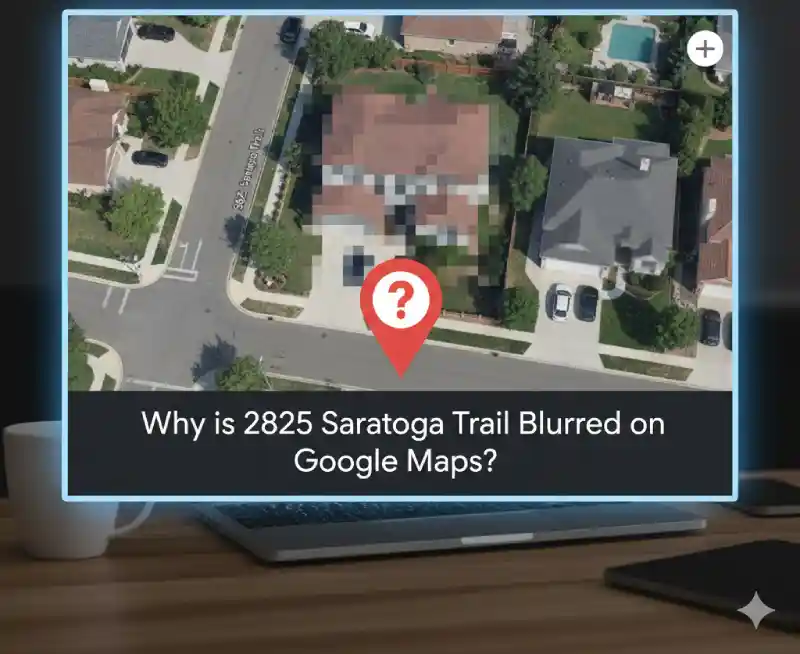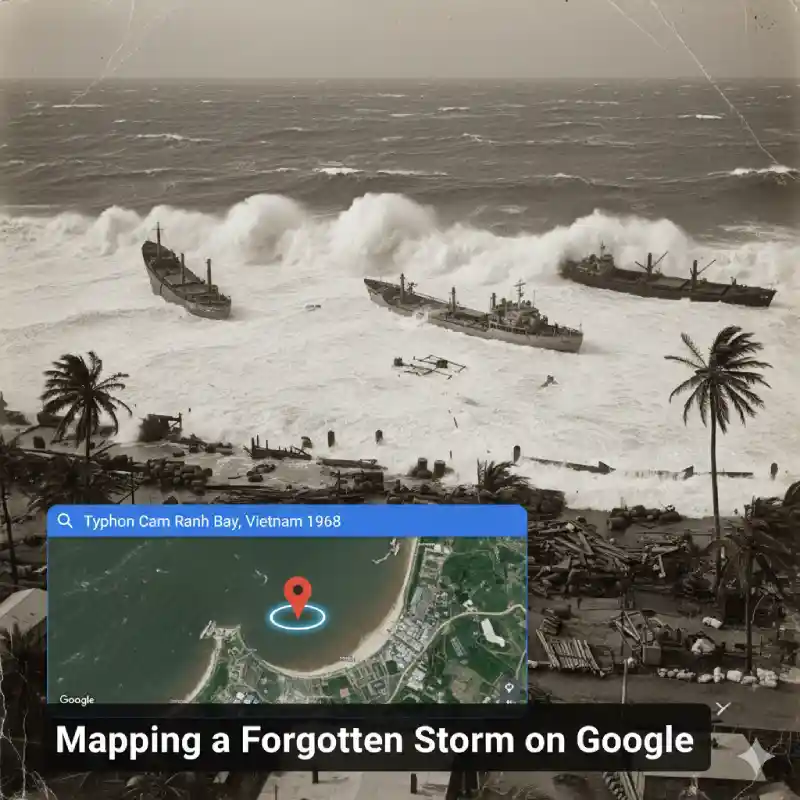If you’ve ever spent time exploring Google Maps, you may have noticed something odd: not every house or building is visible. While most properties appear in full detail, some are blurred out. A well-known example is 2825 Saratoga Trail in Frederick, Colorado. Many users around the world have searched for this address only to find that the property is hidden behind a blur filter. This raises the question: why is 2825 Saratoga Trail blurred on Google Maps? What makes this particular house blurred, and what does it mean about privacy on the internet? This article will explain the story behind 2825 Saratoga Trail, how Google Maps handles sensitive locations, and what it tells us about balancing public information with private lives.
How Google Maps Works for Homes
Google Maps, along with its Street View feature allows people to explore streets, houses and landmarks as if they were walking through them.
- Street View cameras capture images by driving cars through neighborhoods.
- Those images are then stitched together so users can navigate virtually.
- Normally, homes and cars appear clear though license plates and faces are automatically blurred for privacy.
So, why are some entire houses blurred? The reason usually comes down to privacy requests or sensitive history.

The Story of 2825 Saratoga Trail
The house at 2825 Saratoga Trail is not just any property it is connected to one of the most tragic family crimes in recent American history.
- In 2018, a case unfolded in Frederick, Colorado, involving the Watts family.
- The events that took place at this home shocked the nation and became the subject of documentaries, news stories, and even a Netflix film American Murder: The Family Next Door.
- Because of its connection to a tragic and very public crime, this house became infamous.
After the incident, the address began receiving unwanted attention. People searched for it out of curiosity and many even virtually “visited” the home on Street View. This led to concerns about privacy and respect for victims.
Why Google Blurred the Address
So, why is this house blurred today? The answer is mostly about privacy and sensitivity.
- Owner request: Google allows homeowners to request that their property be blurred. This protects them from unwanted exposure.
- Respect for victims: In high-profile cases, blurring a home can reduce morbid curiosity and harassment from strangers.
- Emotional impact: Many community members believed it was inappropriate for the house to be openly displayed given what had happened there.
To blur a home anyone can go to Google Street View, click on the house and select “Report a problem”. The system allows you to blur your face, your car, or your home permanently.
👉 Learn more here: [How to request blurring on Google Maps]
(https://support.google.com/maps/answer/3094088?hl=en)
Other Blurred Places on Google Maps
2825 Saratoga Trail is not the only blurred location. In fact there are thousands of addresses, buildings and landmarks worldwide that appear pixelated.
Some examples include:
- Military bases (for national security reasons)
- Government buildings in certain countries
- Private homes of celebrities or individuals who requested privacy
- Sensitive landmarks like shelters or clinics
You can see a list of interesting blurred sites here: [Strangely blurred locations on Google Maps]
(https://www.businessinsider.com/google-maps-blurred-out-locations-2018-7)
This shows that while Google Maps is a powerful tool it doesn’t always reveal *everything*.
The Bigger Issue: Digital Privacy
The case of 2825 Saratoga Trail highlights a much bigger conversation: how much of our private lives should be visible online?
- For homeowners: Being able to blur a house provides peace of mind. It prevents strangers from knowing too much about where you live.
- For communities: It protects neighborhoods from unwanted attention, especially after a tragedy.
- For society: It opens the discussion about how much information is too much when it comes to digital mapping.
Google tries to balance transparency (showing the world as it is) with privacy (protecting individuals).
What This Means for You
You might wonder: does this affect me? The truth is, yes—it can.
- If you don’t want your home to appear clearly on Google Maps, you can request a blur just like the owners of 2825 Saratoga Trail did.
- If you’re concerned about your safety, privacy or property exposureIt’s worth taking this step.
- Once blurred, your home will remain blurred permanently it cannot be undone.
Learn step by step here: [Requesting house blur on Street View]
(https://www.makeuseof.com/tag/blur-house-google-maps/)

How Blurring Works
- Identify the property: on Google Maps.
- Find the “Report a problem” option: on the screen.
- Select the area: you wish to have blurred.
- Submit the request, which is then reviewed and implemented by Google.
FAQs
Can anyone request to blur their house on Google Maps?
Yes, Google lets homeowners request blurring through Street View. Once approved the blur is permanent.
Why does Google blur certain houses without requests?
In rare cases, homes connected to sensitive events or public concerns may be blurred even if not directly requested.
Are other famous places blurred on Google Maps?
Yes, military bases, government facilities and private homes of public figures are often blurred.
Can I unblur my house if I change my mind?
No. Once a home is blurred it cannot be reversed. Google keeps it that way to protect long-term privacy.
Why do people still search for 2825 Saratoga Trail?
Because of the media coverage and documentaries the house became widely recognized. The blur is partly to reduce this attention.
Conclusion
The case of 2825 Saratoga Trail is not just about one home being blurred it’s about how technology interacts with privacy. While Google Maps is a tool for exploration and convenience, it also raises important questions:
- How much of our private spaces should be visible to strangers?
- How do we respect locations connected to tragic events?
- Where should the balance lie between curiosity and dignity?
The blurred house on Saratoga Trail serves as a reminder that even in our digital age some boundaries must remain.


